European NHL players have played a large part in the development of the National Hockey League over the last three decades – but try to imagine the NHL without all of its European talent.
That’s exactly how it was during the league’s embryonic stages when six teams were made up almost entirely of Canadian talent, but as time continued the league began to change and become as much of a melting pot as the country it was expanding throughout. It was tough for other areas of the world to attempt to compete on the same level as Canada, though – especially Europe.
The First European NHL Player
On Jan. 27, 1965 – after almost 60 years of NHL hockey – a Swedish man by the name of Ulf Sterner became the first European representative to participate in hockey’s biggest league but he left very little of an impression on the league and Europeans continued to be somewhat ignored. North American hockey circles thought European NHL players lacked the toughness to compete in the NHL, despite speed and skating ability.
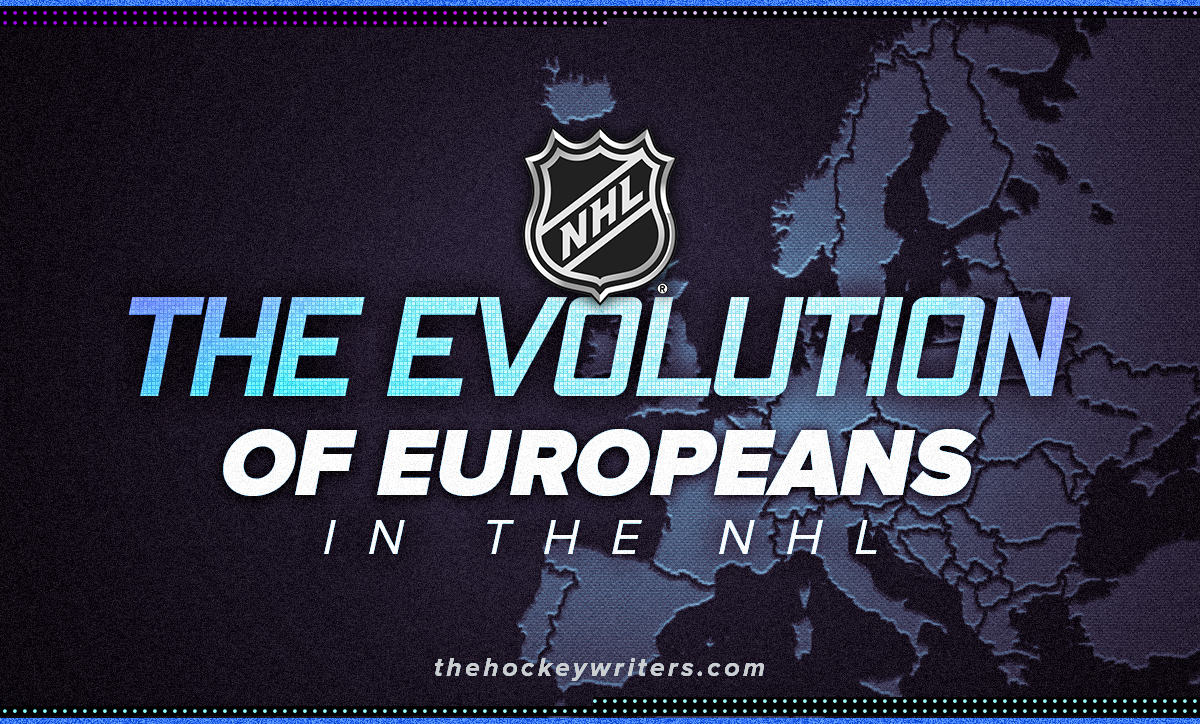
That soon began to change, thanks not only to the Soviets impressive showing at the 1972 Summit Series against Team Canada but also because of one man who helped prove Europe had talent. That man was defenseman Borje Salming and although he might not be a household name today, he is certainly one of the biggest reasons European talent is ingrained in the NHL today.
Salming played 17 seasons – 16 with the Toronto Maple Leafs – in the NHL and recorded 787 points, which remains a record for an undrafted defenseman to this day. But most European players weren’t nearly as successful in building a NHL career and instead turned to the World Hockey Association (WHA).
Europeans in the WHA
Founded in 1972, it was poised to be an alternative league much like the American Basketball Association was to the NBA – in fact, the WHA was founded by the same people that created the ABA. When the league began, it lured in 67 NHL players but it quickly suffered from a depletion of talent. To help fix the lack of competitiveness, the WHA began employing European players in 1974 and men turned out in large numbers – especially from Sweden.
In a time when a select few NHL teams – like the Boston Bruins and the Philadelphia Flyers – were winning with intimidation rather than pure talent, other NHL franchises kept up by building teams to compete with these powerhouses. It left little room for Europeans, who were none too familiar with the physical side of the game. But it really helped, rather than hinder, our neighbors to the east.
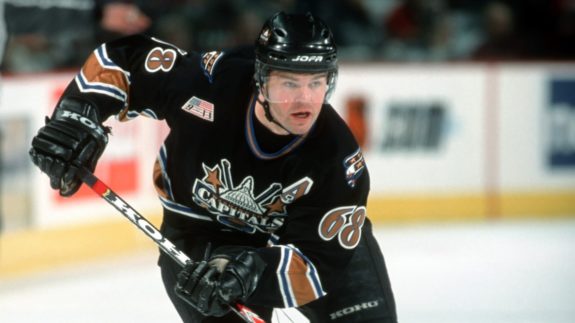
This was proven in 1973, when William McMurty, a Tronoto-area lawyer wrote an interesting piece entitled Investigation and Inquiry into Violence in Amateur Hockey. McMurty attended several amateur hockey events and gave his findings on how the violence affected the sports as well as those in attendance.
At one point in his findings, McMurty states:
“In talking to numerous players in the NHL and WHA, they feel that most advertising and selling of the game is over-emphasizing the fighting and brawling at the expense of educating the crowds about the skill and finesse… If they continues to encourage the present trends in hockey where skill is secondary to physical intimidation, then it is likely that every other hockey nation will surpass North America in actual hockey skills.”
And slowly that’s what began to happen.
The Growth of European NHL Players
It was because of the Swedish migration that the Winnipeg Jets soon stole the spotlight of the hockey world. Winnipeg loaded up on Scandinavian players like Anders Hedberg and Ulf Nilsson as well as Czech center Vaclav Nedomansky. Hedberg and Nilsson were paired on a line with the league’s biggest catch, former Chicago Blackhawks great Bobby Hull, to create one of the best lines in all of hockey.
As the league mucked on, it was clear that a dismantling was in the WHA’s future. In 1979 the league finally merged with the NHL and four WHA clubs – the Edmonton Oilers, New England Whalers, Quebec Nordiques and the Winnipeg Jets – became NHL franchises. Many of the European players responsible for the competitive nature of the WHA made the leap to the NHL – with limited to success – but it continued to turn the league’s attention on the talent available overseas.
NHL opportunities began to arise for Europeans with the start of the 1980s, with the focus continuing to come mainly from Scandinavian countries. As the Cold War went on, it was difficult for a predominately American audience to embrace players from the Soviet Union or the surrounding nations, though a select few players were so good, they left Americans pining to see them perform on hockey’s biggest stage – case in point, Soviet goaltender-extraordinaire Vladislav Tretiak.
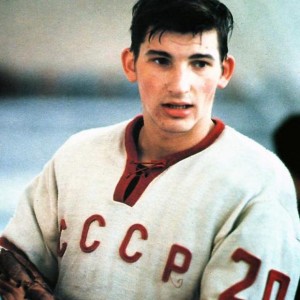
Regarded by some as the best to ever stand between the pipes, Tretiak won nearly everything a player could win on the international level, but he never had a chance to win the Stanley Cup. Tretiak was drafted by the Montreal Canadiens in 1983 but never played in the NHL – though he was willing – because the Soviet government wouldn’t allow it, leaving many to wonder just what could have been.
The Boom of European NHL Players
While certain players weren’t allowed to make the transition, others flourished and helped create a small eastern boom of European NHL players. The emergence of players like Esa Tikkanen and Jari Kurri helped focus the spotlight on the European invasion, as players had a skating ability that the NHL simply couldn’t match. Mix in plenty of endurance and the vision to see the entire ice and it made for a potent combination. Kurri was a great example of that combination. Sure, playing with the likes of Wayne Gretzky and Mark Messier helped, but Kurri had uncanny passing skills and always knew exactly where his linemates were on the ice.
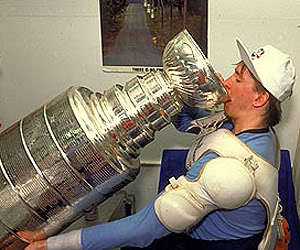
The league was becoming the most competitive it had been since the Original Six days, which allowed for more parity and more expansion.
The forwards and defenseman positions were evolving quickly but that wasn’t all that was changing. There might have been very few European-born goaltenders making an impact in the NHL in the early 1980s but there was a goaltender gaining notoriety that seemed poised to become the one of the greatest goaltenders the league had ever seen – and his name was Pelle Lindbergh.
The Swedish star put together quite a list of accomplishments before he won the Vezina Trophy and led the Philadelphia Flyers to the Stanley Cup Final in 1985. The world had not yet seen just what the 26-year-old, stand-up style goaltender was capable of – and it never would. Lindbergh died in a car accident at the start of the 1985-86 season, which impacted the league but made aware that a European presence was in full swing.
And it was proven just five years later – on draft day.
European NHL Players on 1989 Draft Day
The year was 1989, and while the decade was in the rearview mirror, there was no better way to end it from a European standpoint than with the events that took place at the 1989 NHL Entry Draft. The draft marked the first time a European player was selected first overall, as the Quebec Nordiques selected 18-year-old Mats Sundin with the first pick. Sundin went on to become the only Swedish player to reach the 500-goal milestone and the first Swede to reach 1,000 points.
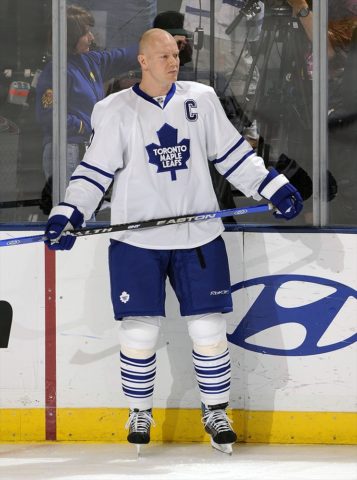
But 1989 was more important for Europeans politically, as that’s when talks began for the reunification of East and West Germany. Though it wasn’t fully completed until 1991 with the fall of the Berlin Wall, Germany was once again untied into once country.
During the same year, Germany’s neighbors to the east – the Soviet Union – declared independence and shortly after changed its name to Russia. Many countries throughout the region followed suit and it led to another NHL boom, this time from the eastern countries.
It was also at the beginning of that decade that Czech goaltender Dominik Hasek joined the Chicago Blackhawks and began a career that made him perhaps the second best goaltender in NHL history – behind Martin Brodeur, of course. His style was unique, his helmet was old school but his play was impeccable.
He was 25 when he participated in his first NHL game, which begs the question as to whether he would have been the best ever had he come into the league at the age of 20. He was a goalie that guys imitated but never quite duplicated; an unorthodox goaltender with a flopping style that was all his own. Hasek had a combination of concentration and flexibility that had never before been seen in North America.
European NHL Players in the ’90s
The 1990s was a decade dominated by the Finnish, the Czechs and the Swedes. Players like Teemu Selanne, Jaromir Jagr and Niklas Lidstrom became the faces of the league but what did they bring to the table?
Selanne – like many Finns – brought the ability to score at will. He had an uncanny ability to put the puck in the net and showed it off during the 1992-93 season, when he broke the single-season record for goals by a rookie with 76 as a member of the Winnipeg Jets. Selanne once again put the Jets back in the spotlight, just as Hedberg and Nilsson had done almost 20 years earlier.
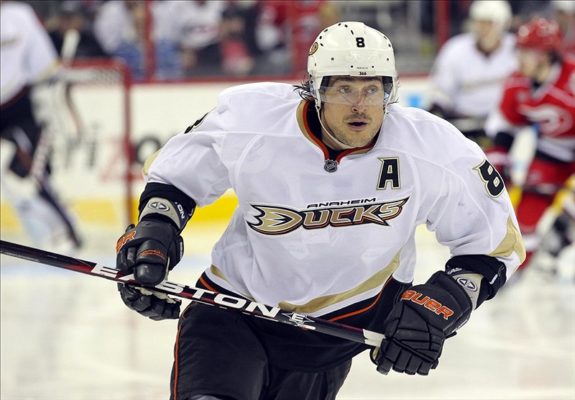
Jagr brought size and speed to the game – a lethal combination. The right winger was an all-around player that could beat you with his shot, or his passing. Let’s not forget about that awesome mullet he was rocking.
Lidstrom was made to be a leader. He was a hybrid defenseman that could score but who could also backcheck as good as any defenseman in the league. Lidstrom was the best blueliner of his generation and certainly helped revolutionize his position, and he should be mentioned in the same breath with Bruins great Bobby Orr.
Each of these players’ style well represented their country and the skills their natives could bring to the NHL. They were each important – in their own way – for paving the way for other NHL talents. And let’s not forget about Russia, as there were a number of stellar Russians – such as Pavel Bure – but it wasn’t until the new millennium that Russia dominated the sport.
European NHL Players today
Russia has been producing ample NHL talent for almost two decades. The players that come out of the country are almost always of the same mold – they don’t typically play physical but instead will beat teams with their strong skating ability and their uncanny wrist shot. Look no further than Evgeni Malkin and Alexander Ovechkin.
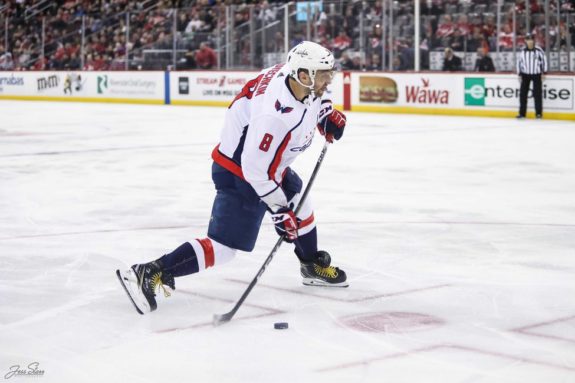
Both players came into the league very young and have been virtually unstoppable for near a decade, putting Russia atop the talent pools involved in making up the NHL. But these two broke the mold as they both can throw their weight around.
Countries like Switzerland and Germany even have representatives these days.
European NHL players continue to prove their dominance in the NHL but many are beginning to turn away from the league they once longed to be a part of. According to the Quanthockey, there are 303 European participants in the NHL out of 970 total players – nearly 27.7 percent. While there is no definitive answer for why European participation has decreased, we’re willing to bet Russia’s Kontinental Hockey League has something to do with it. Each year, more and more players are leaving the NHL to play competitive, tax-free hockey.
In almost 50 years, European NHL players have come a long way in the league. It hasn’t always been easy but there’s no doubt the hard work has paid off, since the league is compiled of nearly a quarter of players born on the continent. But with the numbers diminishing a little recently, it’s unclear what the next 50 years could have in store.

How can you even speak of Europeans in the 80’s without mentioning the Stastny’s! Petr Stastny had the second most points of any player in the 80’s behind Gretz. He deserves at least a mention.
No mention of the Stastnys?
I’d highly recommend glancing over McMurty’s piece – which fellow writer Ross Bonander introduced to me – as it gives a different dynamic of the sport and explained where hockey was heading in the mid-1970s. It can be found through an extensive Google search or through Barnes and Noble, so I’m told.
What a fascinating read! With a brand new generation of Europeans ready to come in and dominate the league, it should be an interesting next decade, for sure.